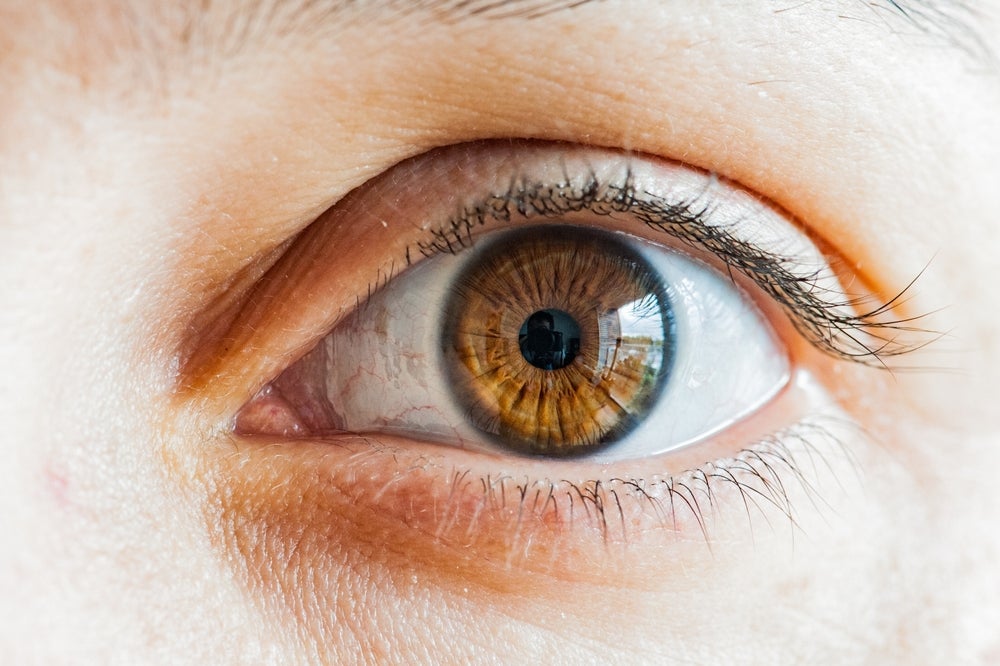SinuSys, a medical device company, has secured approval from the US Food and Drug Administration (FDA) for its full range of sinus dilation devices including the addition of two new devices which treat frontal and sphenoid sinuses.
Sinusys’ Vent-Os System offers an easy and a tolerable sinus dilation.
The Vent-Os Sinus Dilation System gives access slowly and gently to the sinus space and expands the maxillary sinus ostia and associated spaces in adults to give way for diagnostic and therapeutic procedures.
Denver Sinus Institute otolaryngologist Ed Hepworth said: “The Vent-Os system is easy to deploy and enables physicians to bring the benefits of minimally invasive sinus dilation to their patients in an office procedure that is highly tolerable under topical or local anesthesia.
“By adding devices for treatment of the frontal and sphenoid sinuses, an expanded group of patients will be able to benefit from this simple, gentle sinus dilation procedure that I plan to use for both early-stage chronic sinusitis patients who have failed medical therapy and patients suffering from recurrent acute sinusitis.”
How well do you really know your competitors?
Access the most comprehensive Company Profiles on the market, powered by GlobalData. Save hours of research. Gain competitive edge.

Thank you!
Your download email will arrive shortly
Not ready to buy yet? Download a free sample
We are confident about the unique quality of our Company Profiles. However, we want you to make the most beneficial decision for your business, so we offer a free sample that you can download by submitting the below form
By GlobalDataSee Also:
The Vent-Os System uses the company’s patented osmotic technology, which leverages on the body’s natural mucosal fluids to expand the device before removal.
The procedure does not hamper the general mobilty of patients as they can be comfortably shifted to the waiting room between placement and removal of the device.
A recent prospective, multi-centre clinical study of the Vent-Os Sinus Dilation System has exhibited its ability to maintain maxillary sinus ostia at 12 months in 93% of treated Ostia.





